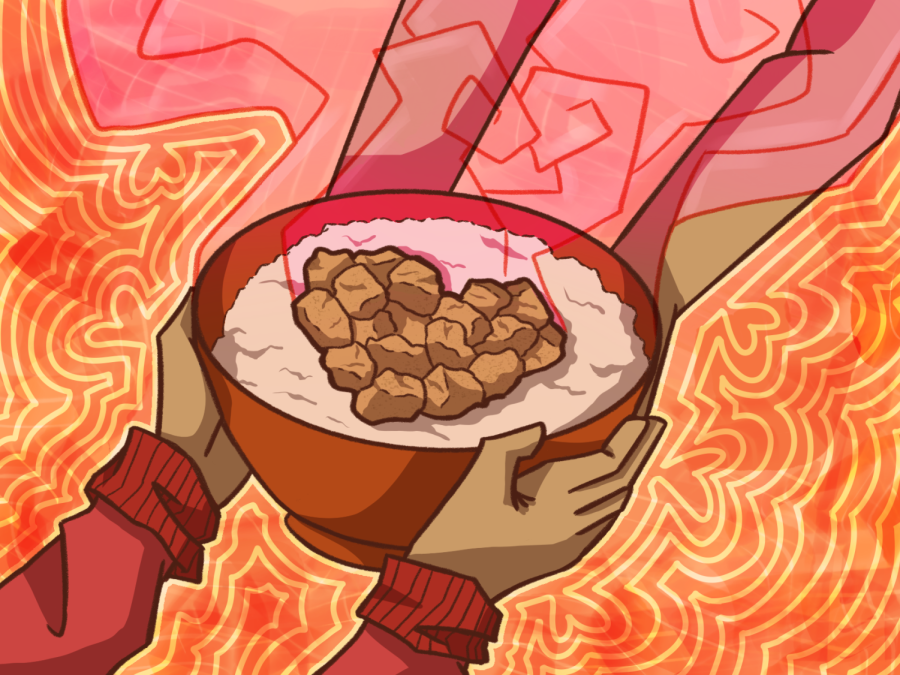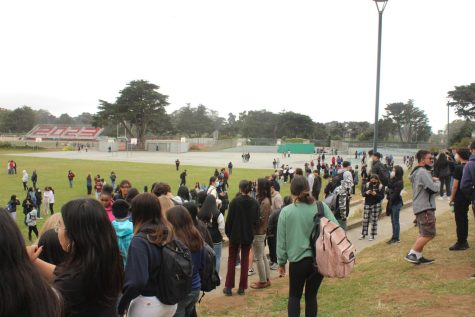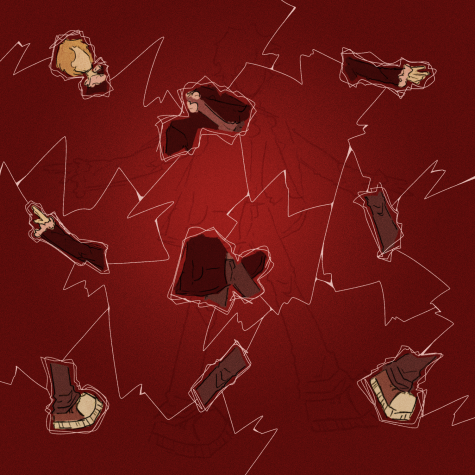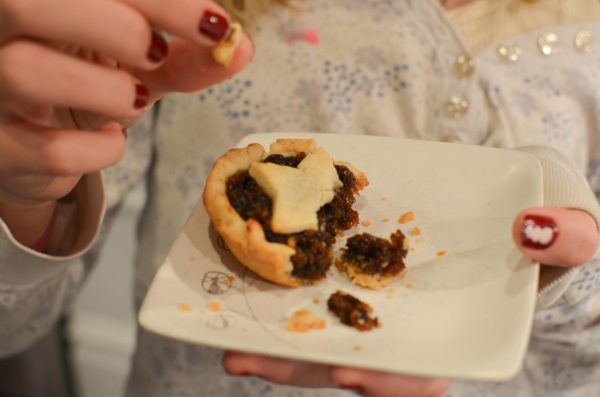Using food as a language
The smell of ginger and sizzling garlic fills my nose as I enter my family’s kitchen. My grandmother is cooking one of my favorite meals, ginger chicken. The dish is a savory and tangy blend that took my grandmother decades to perfect. I smile and thank her in my broken chiu chow (a Chinese dialect). As I finish my big bowl of food, I feel full, but also feel a sense of emptiness at the same time. Somehow, the words “thank you” do not feel enough to show her my appreciation. I want to talk to her, but I can’t do it with words due to our language barrier. Little did I know I was already doing it: by enjoying her food. It was not until then that I realized food is a language. It connects people from different walks of life by its expression of love and warmth.
When I was seven years old, I moved to San Francisco to live with my grandparents, aunt, and mom. Since there was a language barrier, I searched for different ways to connect with my grandmother. Coincidentally, we shared some things in common—we both enjoyed the pinnacle of American entertainment: baseball and game shows. After school, I would curl up on my couch next to her to watch “Family Feud” or our favorite baseball team, the San Francisco Giants. Together, we ate sliced apples while screaming passionately at exciting plays or unfair calls from the umpire. While I was glad to be able to connect with my grandmother, I still feel like it wasn’t enough. I wanted to learn more about her — her own interests and life experiences. My mom told me that a good starting place to connect with her was in the kitchen.
My family’s kitchen was never quiet. The sounds of my mom and grandmother conversing excited me. This was the first time I was in the kitchen not to eat, but to learn. I started to pay more attention to how my family created, enjoyed, and used food to do more than just fill an empty stomach. But I was still just a kid, and acted like it. As a training sous chef, I would skip the second round of washing the vegetables, trying to escape the fact that dirt was still clinging onto them. I did this to finish my tasks immediately so I could leave the kitchen to return to playing with my toys. My grandmother, however, showed me patience was important. I observed her fragile hands brushing the vegetables against the water with care and intention. Dirt trickled down, revealing my poor performance. Embarrassed, I nodded to tell her I understood her lesson.
My grandmother was like a musical conductor and her positive energy was contagious. She would direct my mom and her siblings when making certain dishes. Bun Rieu, a Vietnamese tomato-crab-pork noodle soup, is my family’s signature dish. Although making Bun Rieu is a whole day’s event, it is worth every minute. The dish’s process is broken in four stages: the broth, meatballs, tomatoes, and topping prep. After devouring a bowl or two, I realized that being involved in the cooking process was far more rewarding than simply eating. I learned techniques from my grandmother that no video or book could teach me while also connecting with her by simply being present. I realized that I spoke to her not through my broken chiu chow but rather through creating, eating, and valuing food.

Laura is currently a senior. In her free time, she enjoys singing along to karaoke, running, travelling, and trying new food spots across the Bay Area! Her current favorite Netflix show is Ozark.










Lan • Apr 4, 2023 at 3:26 pm
It is so true what Laura has written here. In a Chinese family, Food is the way parents express the love to their children and grandchildren. They may not ever said “ I love you” but they show it through the meal they prepare for their children and grandchildren.
Very well written Laura!